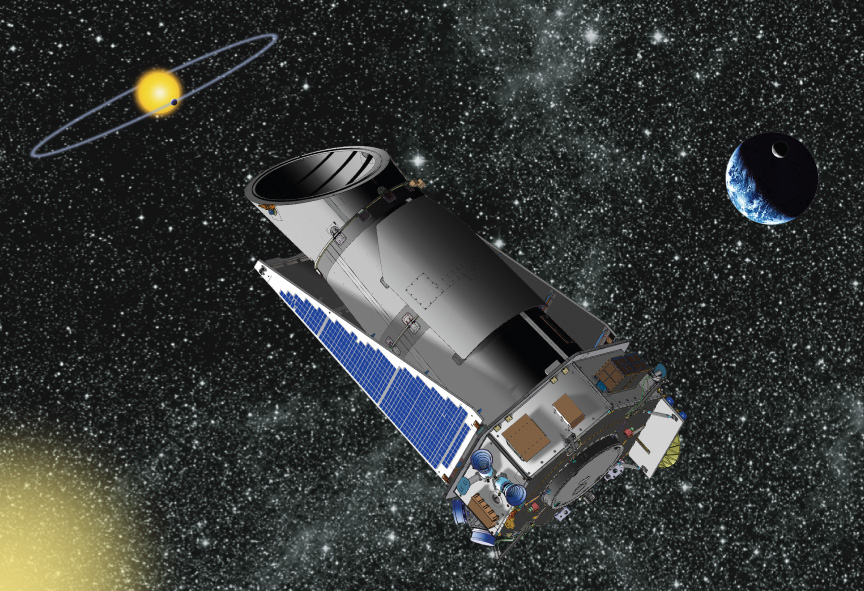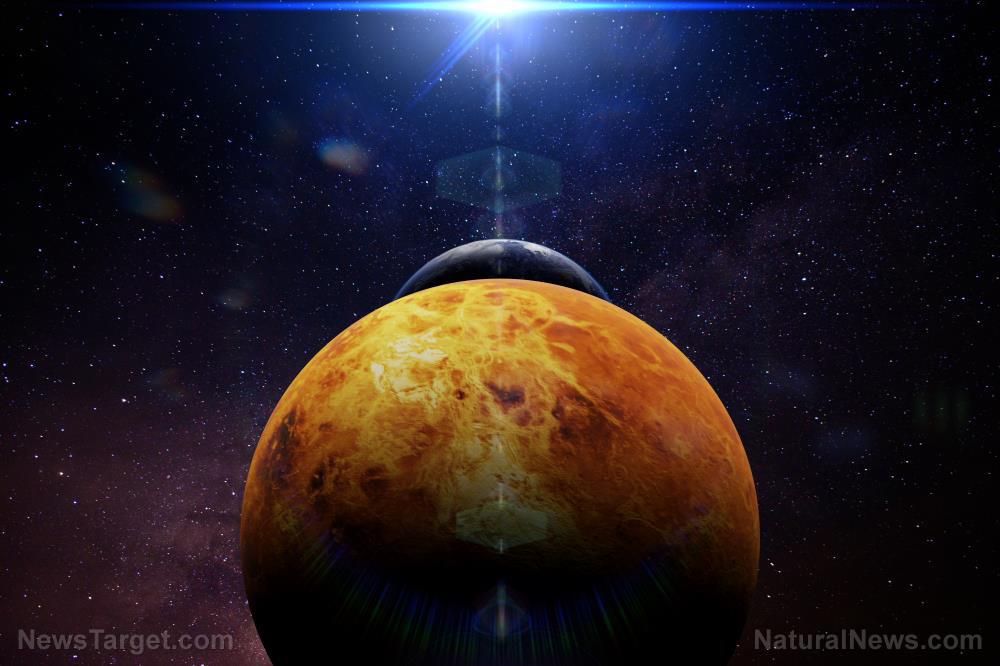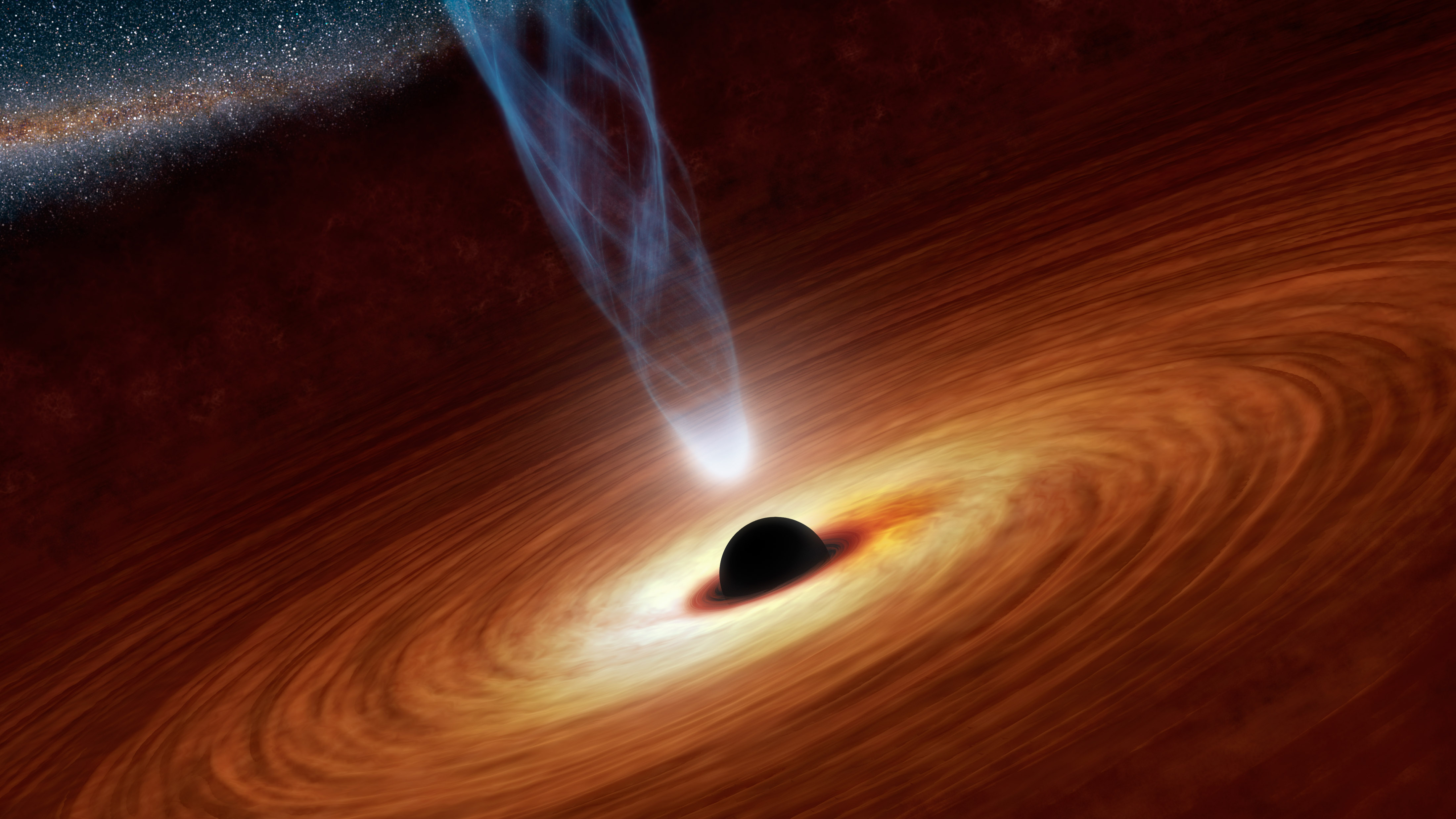The Moon has plenty of water – frozen below the surface
05/13/2020 / By Arsenio Toledo

Researchers from the University of California, Los Angeles (UCLA) have found that the Moon may have a lot more water and ice than previously suspected.
The researchers, who published their findings in the journal Nature Geoscience, believe that a lot of water and ice may be locked deep underneath the Moon’s surface. They further suggest that the water deposits may even be large enough to support future colonies on the Moon.
Large discrepancies between Mercury and the Moon prompted the investigation
The study is trying to answer a question that has been puzzling scientists for a long time: Why, despite the many similarities between them, does the Moon have significantly less ice than Mercury?
Observations made of Mercury over the past decades have found glacier-like ice deposits on Mercury’s north and south poles. The Moon, which has similar surface conditions to Mercury, doesn’t appear to have any similar ice deposits on its poles. Radar examinations of Mercury have found thick ice deposits, some of which are over 150 feet wide. However, similar observations of the surface of the Moon have only found shallow ice reservoirs.
“The simple answer is that the Moon has lots of ice – it’s just buried below the surface,” said David Paige, co-author of the study and professor of planetary science at UCLA.
There are regions of both Mercury and the Moon that never see sunlight due to the relatively small spin on both of their axes. This means that both heavenly bodies have surfaces that are some of the coldest in the Solar System. (Related: Scientists believe the Earth had water before we had the moon, according to surprising new study.)
It also means, theoretically speaking, that ice should be able to survive on parts of their surfaces. However, up until now, researchers haven’t found much evidence of ice deposits on the Moon.
More to the Moon than meets the eye
Paige and the other researchers believe that, to resolve the differences, they should study the craters on the Moon and Mercury. They came to this idea because previous research found that impact craters located around the Moon’s south pole, where ice has been detected, were measured to be around 10 percent shallower than craters found anywhere else on the Moon. This trait is also found in craters near Mercury’s north pole, which is filled with ice deposits.
The researchers used data from NASA’s MESSENGER probe – which spent time orbiting Mercury – and the Lunar Reconnaissance Orbiter spacecraft. They measured approximately 15,000 craters that had diameters ranging from 1.5 to 9.3 miles (2.5 to 15 km).
Along with finding out that the craters around Mercury’s north pole and the Moon’s south pole were 10 percent shallower, they also found that the craters around the Moon’s north pole didn’t fit this pattern.
The most probable explanation for this, according to the researchers, is that the shallower craters allow for the accumulation of previously undetected ice deposits.
Additionally, Paige and his team found that, unlike Mercury that has nearly pure ice, the deposits they detected on the Moon are most likely mixed with regolith, a lunar “soil” made out of rock and other lunar materials. This would suggest that the ice deposits on the Moon are older than the deposits on Mercury.
If more research comes out in the future to support Paige and his colleague’s findings, it could help future lunar activities. Primarily, the large amounts of ice on the Moon could be used to support long-term human settlements and even industrial operations.
Sources include:
Tagged Under: cosmic, future science, lunar missions, mercury, Moon, moon landing, research, Space
RECENT NEWS & ARTICLES
Cosmic.News is a fact-based public education website published by Cosmic News Features, LLC.
All content copyright © 2018 by Cosmic News Features, LLC.
Contact Us with Tips or Corrections
All trademarks, registered trademarks and servicemarks mentioned on this site are the property of their respective owners.
















